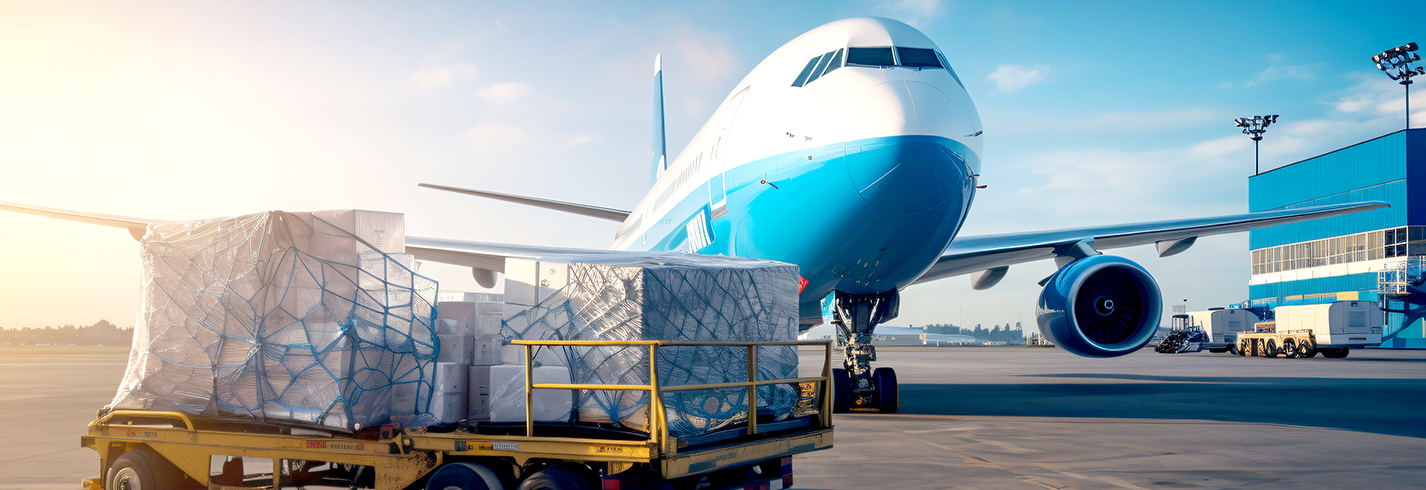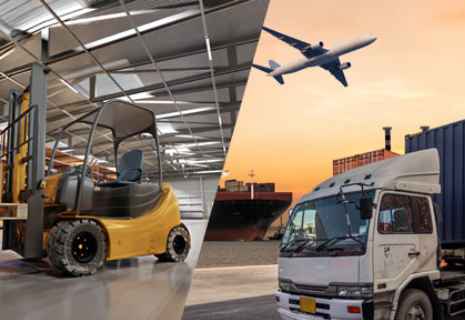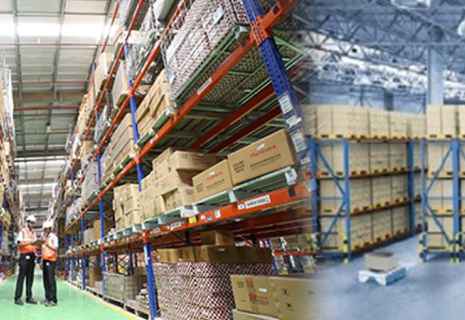
How to Manage Emergency Shipments with Air Charter Services
In cases where time is of the essence and every moment counts, traditional logistics methods often leave a lot to be desired. In high-pressure situations – be it transporting medical equipment and aircraft-on-ground (AOG) spares, or production-line shutdown nothing beats speed and certainty. In these situations, the most realistic solution would be an air charter to transport vital goods quickly.
Why Minutes Matter in Critical Logistics
Think of a global crisis like the COVID-19 pandemic, when the world faced an unprecedented shortage of vaccines. Countries scrambled to secure doses for their populations, and delays in vaccine delivery meant millions remained vulnerable to infection. However, scheduled air charter services can provide the speed and flexibility needed for such situations.
This is where a dedicated air charter service is essentially the only viable option. It enables a business to skip the normal shipping limitations. They can move quickly when the price of delay is just too high.
Why Choose Air Charter for Emergency Freight?
Scheduled Cargo vs Charter: The Time Gap
Conventional cargo shipments, even via air, are tied to pre-set schedules, hub transfers, and availability of cargo slots. In urgent cases, this rigidity leads to missed connections, extended lead times, and limited control. Air charter solutions provide on-demand flexibility, eliminating unnecessary stopovers or trans-shipments. The aircraft moves when you need it to, not when the schedule allows.
Freedom of a Dedicated Aircraft
Charter aircraft don’t operate on fixed routes. They fly directly between origin and destination, even when those are secondary or restricted airports. This kind of route freedom and loading control makes it possible to serve hard-to-reach or geopolitically sensitive locations.
Partnering with an experienced and integrated logistics provider such as Mahindra Logistics gives businesses instant access to a global air charter network.
From customs clearance and insurance to documentation, the freight forwarding companies like Mahindra Logistics ensure smoother execution from end to end.
Rapid Planning Framework:
Charter aircraft don’t operate on fixed routes. They fly directly between origin and destination, even when those are secondary or restricted airports. This kind of route freedom and loading control makes it possible to serve hard-to-reach or geopolitically sensitive locations.Three Steps to a Successful Charter
1. Assess Urgency and Cargo Profile
Start by clearly defining the shipment’s size, weight, sensitivity, and delivery deadline. Understanding the urgency helps determine the aircraft type, routing, and compliance checks needed.
2. Engage a 24 × 7 Charter Control Tower
In emergencies, delays in coordination are costly. With a 24/7 multilingual control tower in place, aircraft sourcing and operational planning can begin within minutes. One central contact point reduces errors and accelerates decision-making.
3. Lock Down Compliance Early
Many delays stem from paperwork bottlenecks. Early validation of export licenses, dual-use declarations, and dangerous goods certification avoids last-minute clearance issues, especially for complex or high-value cargo.
Decision Triggers: When Charter Outweighs Scheduled Freight
Risk–Cost Trade-Off
While air charter service comes at a premium, businesses must weigh this against the cost of downtime, production losses, and potential damage to reputation. Consulting with neutral freight forwarding companies helps balance risk and cost with clarity and objectivity.
With a partner like Mahindra Logistics, which combines a strong regional presence across the Gulf Cooperation Council (GCC), Hong Kong, China, and Vietnam with multimodal access to remote locations, businesses can confidently respond to emergencies. Their door-to-door air charter solutions cover first-mile to last-mile execution – even in difficult geographies – and meet stringent quality standards under ISO, DGR, and GDP protocols.
Conclusion – Precision Planning Delivers Certainty
A well-executed emergency charter hinges on rapid assessment, centralised control, proactive compliance, and precise packaging. With air charter demand projected to hit $32.71 billion by 2025 at a CAGR of 5.2%, more organisations are adopting it as a logistics strategy.
Contact enquiries@mahindralogistics.com today to put your emergency logistics strategy in place – the best time to plan for urgency is before it arrives.





